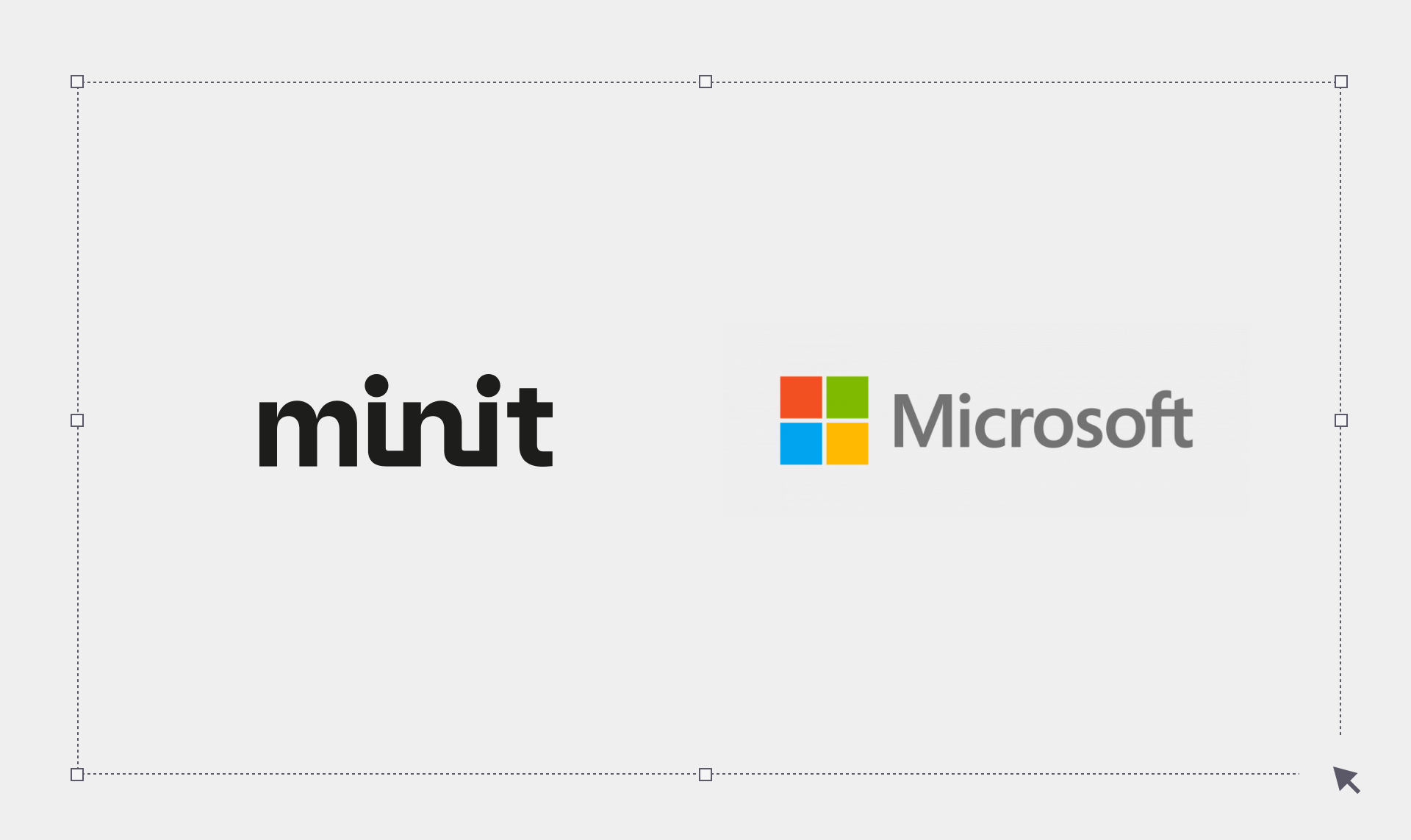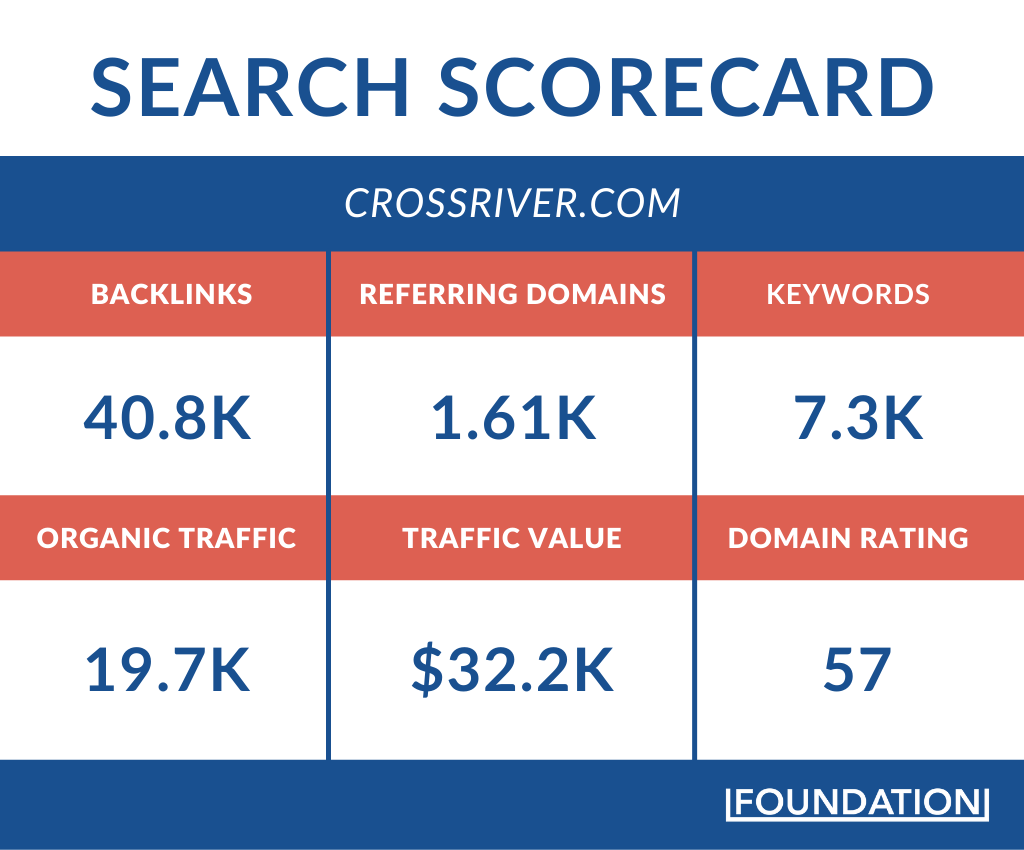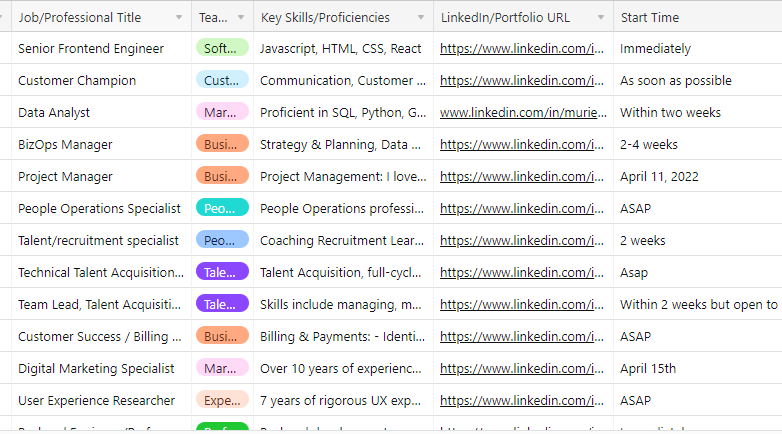Article's Content
Welcome to Volume 78
Investing in content is great.
But you know what’s even better?
Pairing your content creation efforts with a solid distribution plan.
Without an effective content distribution strategy, your well-written content pieces will get some traffic on the day you hit publish (or meet crickets if you have no audience). After seeing some traffic for a few days, the hype will slowly fade and eventually fall flat.
That’s why you need a strategy that lets you create once, distribute forever, and earn millions of dollars in revenue from your efforts.
Ross launched a free content distribution course on LinkedIn to help creators and marketers effectively audit, build, distribute, and measure their content assets across different distribution channels.
If you’ve been looking for ways to scale your marketing efforts and generate more qualified leads and sales, you should check out this course.
Before we dive into today’s stories, here’s a peek at what’s to come in this piece:
- Why Microsoft Acquired Minit (Not MINT lol)
- Cross River Bank Is Now Worth $3B
- Thinkific Cuts Back On Workforce
- Fast.co Falls As Fast As They Rose
Why Microsoft Acquired Minit
It’s still acquisition season, and the war for industry dominance keeps getting hotter by the minute. Industry giants aren’t left out in this pursuit.
One of them is Microsoft.
The company acquired Minit, a process mining software company, for an undisclosed amount last week.

Minit’s CEO, James Dening, describes the acquisition as a way to “help Microsoft customers digitally transform and drive operational excellence by creating a complete picture of their business processes, enabling every process to be easily and automatically analyzed and improved.”
This means Microsoft customers can track their performance over time, find out exactly what’s happening in their processes, identify areas that need to be optimized as well as the root cause of any blockers, and take action to improve their processes.
What makes this acquisition interesting isn’t just the surface reason Microsoft acquired this company, but one behind the curtains.
Here’s where it gets interesting:
The Minit acquisition isn’t the only process automation/management purchase Microsoft has made recently. Microsoft acquired Clear Software, a business process management leader, in October 2021. The goal was to help its customers improve the connectivity between its Power Platform tools and external record systems from Oracle and SAP.
Before that, Microsoft acquired Softomotive in May 2020.
This company developed the low-code robotic process automation (RPA) tool WinAutomation, and they joined Microsoft to help enhance the capabilities of its own automation tool, Power Automate.
It’s clear that Microsoft is intentional about establishing itself as an authority in intelligence automation. These different tools the company acquired all come together to save enterprises time and money, and delight their customers better.
There’s also potential in each of these industries.
The global process mining software market was valued at USD $421.9 million in 2020. It’s projected to grow from $627.0 million in 2021 to $10 billion in 2028, at a CAGR of 49.3% in the forecast period.
The robotic process automation industry market size also grew from $1.57 billion in 2020 to $2.65 billion in 2021, and the industry could be worth over $11 billion by 2030.

Integrating an RPA tool with process mining software lets businesses gain real-time insights and detailed analysis of their processes in real-time and improve their processes as needed.
That’s why bringing these tools under one umbrella not only increases the value Microsoft offers customers but also increases their chances of gaining a larger market share and potentially becoming the giant of giants in the industry.
Microsoft isn’t the only company that has seen the great prospects that lie with Data mining.
- Celonis acquired Process Analytics Factory to improve its own process mining feature on Microsoft Power Platform. And Microsoft responded with their own purchase.
- SAP also acquired Sigvanio less than a year ago, and they rolled out a new functionality that unites data on process performance and customer experience (e.g., using SAP Spartacus).
- There’s also Appian’s purchase of Lana Labs and IBM’s myInvenio acquisition.
All of these companies see a future in the process mining industry, and swooping in to secure their spot early on is a great way to go.
What’s even more exciting is seeing Microsoft strategically buy its way to dominance, acquiring tools that increase its chances of success in the industry.
KEY TAKEAWAYS:
- Microsoft acquired Minit, a process mining software company, for an undisclosed amount last week.
- It’s clear that Microsoft is intentional about establishing itself as an authority in intelligence automation, especially with the previous acquisitions of Softomotive and Clear Software.
- Bringing these tools under one umbrella not only increases Microsoft’s value but also increases its chances of gaining a greater market share and becoming the giant of giants in the industry.
Cross River Bank Is Now Worth $3B
As of January 2021, there were 79 unicorn fintech companies around the world. As of March 2022, there are 227 unicorn fintech companies, according to CB Insights.
Cross River Bank is now one of them, with a $3 billion valuation.
The company’s latest $620 million funding boosted its valuation. That’s a long jump from their previous funding round, which was $30 million. Seeing investors pour millions of dollars into a bank means one thing: Cross River Bank is not your typical bank.
Cross River Bank offers services beyond traditional banking.

They adopt a crypto-first strategy. That means they run an infrastructure that powers lending and payments for other unicorn and non-unicorn venture-backed fintech companies.
It’s no wonder that the giants in fintech like Stripe and Coinbase now rely on Cross River Bank for services like embedded payments, cards, lending, and crypto solutions.
So as the fintech industry booms and these customers grow, Cross River Bank also grows, and investors’ interest in the company goes up. It’s like building a solid business model that attracts potential winners and feeds off their growth. As they rise, you rise.
One superpower Coinbase has that keeps the company relevant is its foresight and strategic positioning—helping companies make their mark as leaders in fintech.
For example, Coinbase couldn’t find a bank to partner with when it first started out. That’s because tons of financial institutions were actively avoiding all things crypto. These banks had policies that prevented them from showing up.
But not Cross River Bank.
Cross River Bank took that step to establish the new frontier (cryptocurrency), and they supported Coinbase and other fintech companies to become industry leaders. That’s one of the reasons these companies are still loyal partners.

On the marketing front, Cross River doesn’t have an SEO moat. Instead, most of its organic traffic comes from direct sources and social media. Yes, search plays a role, but they only rank for branded keywords.
Here’s what their search scorecard looks like:

Cross River Bank invests in creating content that educates and sells their audience on the value of their product via their website, ranking for branded keywords like:
- Cross River Bank – 20K monthly searches
- Cross River Bank Phone Number – 900 monthly searches
- Cross River Bank Customer Service – 600 monthly searches
- Cross River Bank PPP – 4.2K monthly searches
- Cross River Bank Credit Card – 90 monthly searches
On social media, Cross River Bank also uses videos, webinars, and in-person conferences via LinkedIn to attract prospects and sell them on the value of their products.
Even though there are already fintech companies like Stripe and NerdWallet dominating the SERPs for finance search queries, I believe investing in content marketing will help Cross River Bank make the most out of its latest funding round.
Prospects want to feel empowered to solve their problems themselves. Cross River Bank can go beyond product-focused content to creating customer-focused content that drives awareness and helps prospects see reasons to trust the bank.
KEY TAKEAWAYS
- Cross River Bank is now worth $3 billion, with its latest $620 million funding.
- Cross River Bank innovated the traditional banking system by establishing itself in the new frontier (cryptocurrency), and it supported Coinbase and other fintech companies to become industry leaders.
- Investing in creating and distributing customer-focused content over product-focused content will help strengthen the bank’s positioning in the industry.
Thinkific Cuts Back On Workforce
Everyone is talking about the great resignation, and how it may not be slowing down. But amid all that, there is the great layoff, with companies realizing they need to cut back on their workforce to accommodate more growth.
Thinkific is one such company.
Last week, the Vancouver-based company announced it was letting go of 20% of its 499 employees, after nearly doubling its headcount in the past year. Apparently, Thinkfic wants to increase efficiency and lower costs without impacting its growth trajectory.
From a business perspective, laying off employees seems like a good move, especially after the ed-tech company recorded a net loss of $26.4 million last year.
Thinkific also experienced a consistent drop in its stock price from $19 CAD to $3 CAD, after going public in April 2021.
However, from an employee perspective, it’s a painful move.
Almost 100 employees losing their job in one go is tough, especially for those who have dependents. It’s true that there are times in business when leaders have to make a tough call, but it doesn’t make the decision any easier on the employees.
Thankfully, Thinkific devised a strategy to help these employees secure new jobs. According to Daily Hive, the company created an opt-in board called “Thinkers For Hire”.

Instead of just laying off workers without any help, the job board shows other companies the great talent Thinkific has, the roles and teams they can function in, and their chosen resume dates.
This goes a long way to show how Thinkific thinks about and supports its people. It’s no wonder they were named one of Canada’s Most Admired Corporate Cultures.
KEY TAKEAWAYS
- Thinkfic let go of 20% of its 499 employees after nearly doubling its headcount in the past year.
- The ed-tech company recorded a net loss of $26.4 million last year and experienced a consistent drop in its stock price from $19 CAD to $3 CAD after going public in April 2021.
- Instead of just laying off workers without any help, Thinkfic created a job board that shows other companies the great talent the ed-tech company has, helping them secure new jobs as well as their future.
Fast.co Falls As Fast As They Rose
Fast had one mission: to make buying online faster, safer and easier for everyone.
To achieve their mission, the self-acclaimed world’s fastest online login and checkout platform raised a total of $124.5M in funding over 4 rounds since 2019, with $102 million series B funding led by Stripe, one of the most valuable startups in the world.
Venture Capitalists and over 600 employees believed in Fast’s mission enough to invest $$$ and time into growing the business. Then there’s the partner community, with the latest announced last week Monday.
So, how does a company go from announcing a new partnership deal and raising funds to shutting down in less than two weeks?
That’s the first thought that crossed my mind when I first saw the news of Fast.co’s demise. In case you’re still in the dark about what happened, here’s Fast’s official statement:

Before Fast’s fall, the company was valued at around $580 million.
It’s unclear whether the company sold off some of the shares in their massive series B funding. But if they did, we do hope they use some of that money to compensate their staff.
All we know is that right now, any employee holding the company’s stocks is left with nothing, and even those who started the week with a sure source of income have nothing to fall back on. It’s a good thing companies like Affirm and others are looking to bring Fast employees onboard. One man’s loss is another’s gain.
Beyond the company’s demise, there has also been some talk about the Fast’s CEO and Cofounder’s shady past. That’s another long conversation we can’t get into right now. But you can read more about it here.
One major reason why Fast shut down, according to Protocol, was fast cash burn.
Protocol reported that an unnamed employee confirmed this reason saying, “We waited too long, and we ran out of money.”
Apparently, Fast thought investors would keep pumping in money into a business that would have yielded returns below their expectations.
While I sympathize with the investors and employees, I believe Fast’s short-lived fame and quick exit presents many lessons for startup founders and investors alike.
For example, claiming authority before the industry recognizes you as the authority is an easy way to create hype around your product. But when people come closer and see you’re not who you say you are, you risk losing their trust as well as other people’s trust.
A quick search for Fast on trusted review sites like G2 and Trust Radius will reveal that the company didn’t even have sufficient third party reviews. Most of the hype were self-created, and it still wasn’t enough to keep the company from sinking.
There’s been a ton of reactions online about the self-acclaimed world’s fastest online checkout startup’s tragic end. But this hot take from Sprig’s Head of Brand and Product Marketing, Katie Mitchell, sums up the key lesson nicely:

Bottom line?
If you make a claim to fame, make sure your revenue growth and customer reviews show how credible you are. Make people believe what is true, not what could be. The future is only as assured as the informed, strategic actions we take.
Perhaps Fast may resurrect like Limewire did and reinvent itself. Or maybe they won’t. But the one thing we know for sure is this: They went out just as they came in—FAST!
KEY TAKEAWAYS
- Online login and checkout company, Fast, went from announcing its new partnership deal and raising funds to shutting down in less than two weeks.
- One major reason why Fast shut down, according to Protocol, was fast cash burn. Protocol reported that an unnamed employee confirmed this reason saying, “We waited too long, and we ran out of money.”
- Claiming authority before the industry recognizes you as the authority is an easy way to create hype around your product, and an even easier way to lose customers’ trust and revenue streams.
OTHER NEWS OF THE WEEK:
- YouTube is setting its sights on podcasts. The company may be rolling out a dedicated podcast homepage and monetization features for creators soon.
- Intel acquires Granulate, the AI-based workload optimization company for up to $650M.
- Google Docs is rolling out a new purple squiggly underline to offer style and tone suggestions to users.
BRAIN FOOD OF THE WEEK:
Failing at something creates a bad feeling. It’s especially worse if you are in an environment where failure is an abomination. In such an environment, you let failure weigh you down so much that it becomes your identity.
One thing I have learned from working at Foundation and learning from great mentors is this: Failure is an event, not your identity.
When a child tries to transition from crawling to walking, notice how they don’t start walking straight after the first try. They fall hard sometimes. Most times, they cry after falling, but they get back up and try again. We should take a page out of their playbook.
Treat failure as feedback. It lets you know you’re going about something the wrong way.
Failure reminds you that you’re missing something, and you need to go back to the drawing board to figure out what that is.
If we choose to think about failure this way, then we’ll stop beating ourselves up or having unnecessarily high expectations of ourselves.
That’s how real growth happens—when you treat failure as feedback and refuse to make it your identity.
Failure is just a single event you can rise from.
We should never let it hold us back. We’re on a growth journey, and we can only succeed if we learn what we’re doing wrong and retrace our steps.
Let’s choose progress over perfection.
TWITTER THREAD OF THE WEEK:
10 threads that will teach you more about storytelling than any degree by Nathan Baugh
INTERESTING FINDS ACROSS THE INTERNET
- The Metaverse is coming. Here’s how brands can prepare for it
- How To Organize Yourself As A Solo Founder
- Twitter Edit Button Is Really Happening
IN CASE YOU MISSED SOME OF OUR GREATEST HITS:
- The Modern Distribution Playbook
- Why API Documentation Is Content Marketing Gold
- Hootsuite’s Billion-Dollar Content Repurposing Menu
- A B2B SaaS Marketer’s Guide To Content Marketing Metrics
- Editorial Calendar vs. Content Strategy: What’s The Difference & What Should Come First?
WHAT WE’RE WIRED INTO THIS WEEK 🎧:
These round-ups are brought to you by me, Jessica O., every week ✌!







